5 + 1 Types of Work Surgical Team Members Do in the Operating Room
Written by Czech Hospital Placements on Monday, June 20, 2016
Med Surgery OR Student Operating Room Shadowing Healthcare Hospital

Sterile or non-sterile – that’s the question. The surgical team consists of sterile and non-sterile members. The sterile staff is scrubbed with a special surgical gown, mask, hat, and gloves. These doctors and nurses can move only in the sterile area and can only use sterile instruments. Non-sterile members are allowed to move only in the non-sterile zone and handle equipment which is not considered sterile. They keep the surgeons supplied and deal with situations which may arise during the operation. All members participating in the operation must be excellent at communicating and operating within the team.
Everyone is an indispensable part of the bigger goal - the health and safety of the patient.
1. Surgeon
There are many specialties in the field of surgery. For example, we can mention neurosurgeons performing brain and nervous system treatment, or cardiovascular surgeons who specialize in heart or artery operations.
The surgeon and the first surgical assistant (second if needed) are sterile members of the team. They wear special sterile gowns, gloves, masks, and hats, as they immediately surround the patient. Using various instruments, they correct anatomical deformities, repair or replace tissue and bones after injuries, or they perform preventative surgeries.
2. Scrub nurse
For all surgical procedures there is a sterile member called the scrub nurse or surgical technologist to organize the instruments and pass it to the surgeon when needed. He or she is in the charge of the Mayo stand (the sterile tray with the instruments).

3. Circulating nurse
In every surgical team, there is a non-sterile circulating nurse who is responsible for setting up the room and supervises cleaning after the procedure. He or she is also in responsible for the equipment. When something special is needed during the operation, this member arranges it.
4. Anesthesiologist
The anesthesiologist is a non-sterile member responsible for the patient’s anesthesia during the surgery. This doctor administers the appropriate anesthesia and then remains by the patient’s head, and monitors their vital signs (pulse, ECG, oxygen etc.). He or she also makes sure the straps are not too tight and that the patient’s body is not stretched or contorted. Never touch the anesthesiologist’s equipment, the doctor may not see if you have accidentally changed some settings which could cause a very serious problem during the surgery.
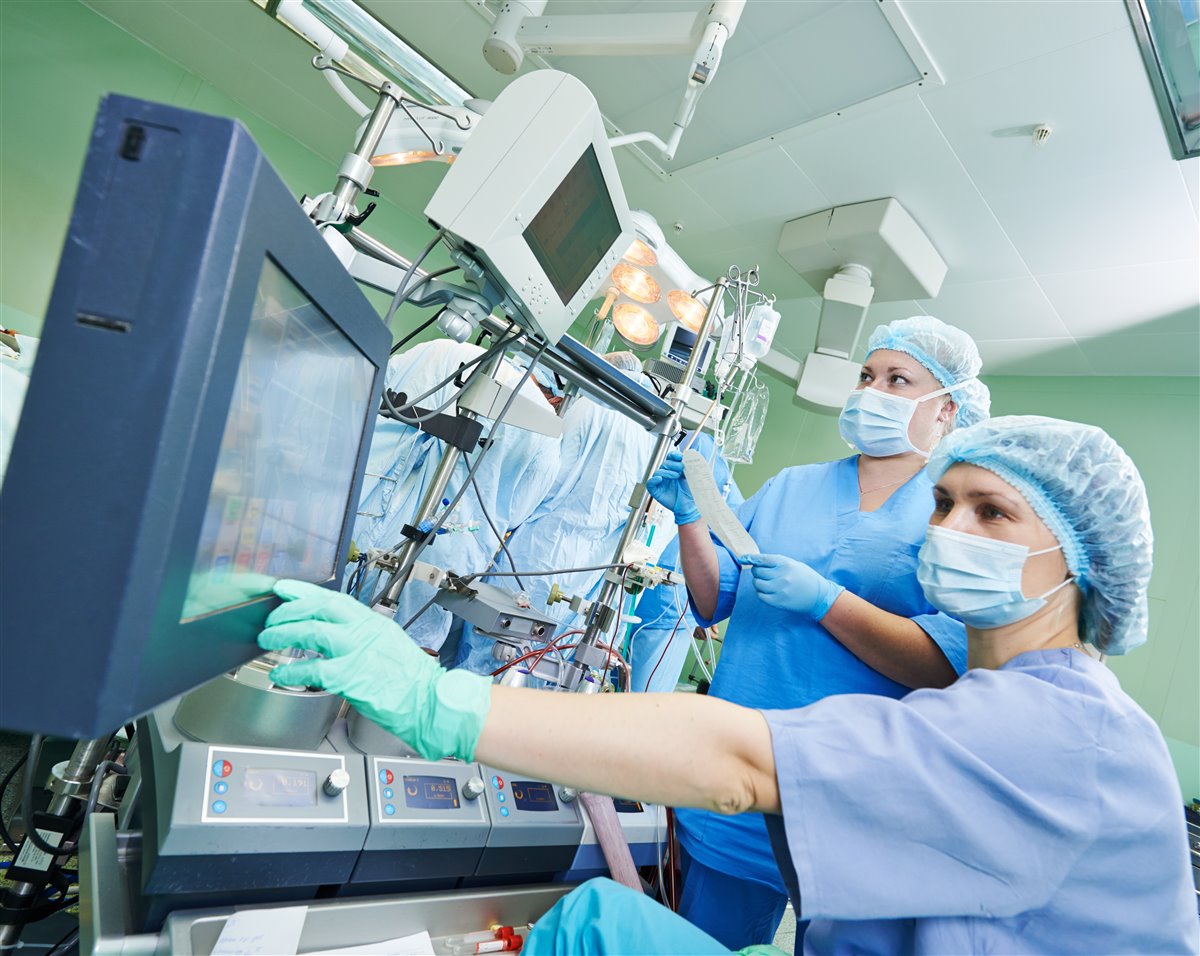
5. The hospital staff
The technicians setting up the devices which monitor the vital functions, the cleaners getting the room ready for surgeries, or the laundry staff providing clean clothing to the hospital; these people tend to be forgotten by the general public. Without these people the hospital would not be able to function. Can you imagine a busy surgeon mopping the floor after the surgery, repairing the X-ray machine before diagnosing the patient’s broken bone, or washing and ironing his lab coat after their shift? Everyone in the hospital is an irreplaceable member of a larger team effort and cannot be ignored.
...and You
You and the other students are the non-sterile members of the team. The mentors are keen to educate their future colleagues, and they know how important it is to you. Take the initiative, ask questions and show that you are acting in an appropriate way. While observing your mentor and other experts working around you, identify the important personal qualities in yourself that will make you an excellent healthcare professional one day.
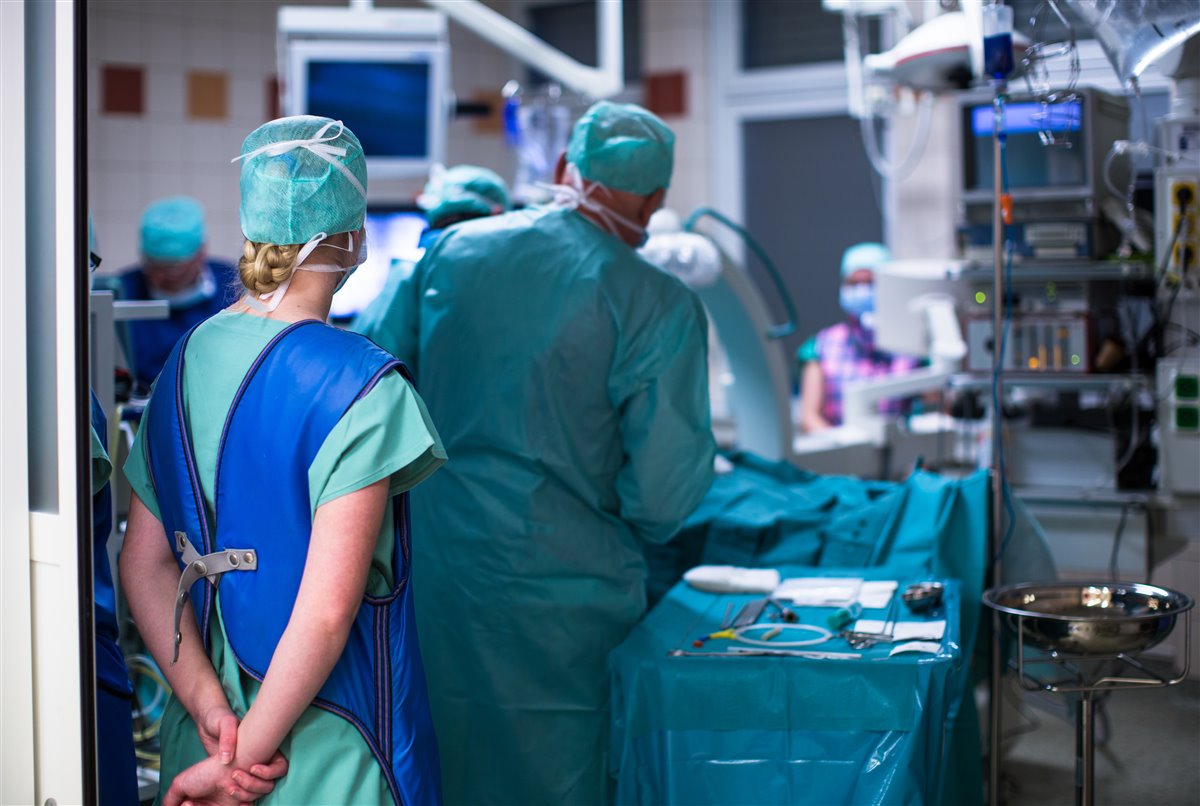

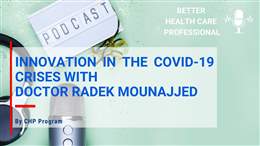





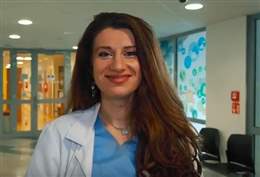





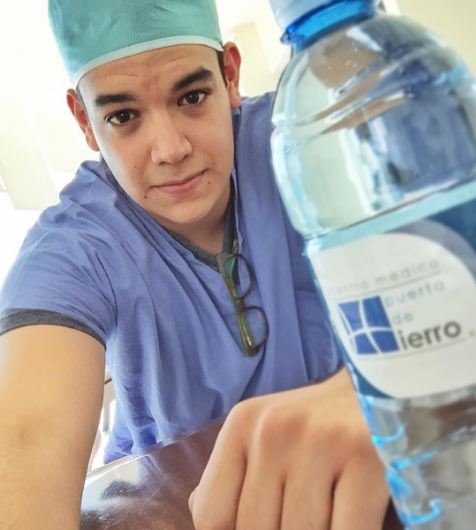



Categories
Behind the Scenes of the University Hospital in Motol
Being a Healthcare Student
Best Adventures While Travelling
Discover the Medical Specialties
Inspiration: Practical Experience of Healthcare Professionals
Obsolete vs. Visionary
The Better Health Care Professional Podcast
Tips and Tricks for Your Successful Career
Top News in Healthcare
Travels in COVID-era